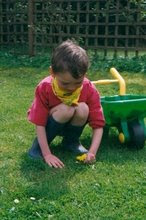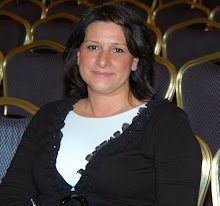
kell emelni arról a pontról, ahol éppen tart. A »teljesen
béna« gyereket nem csupán eltartani kell, ha a szemhéját
sem tudja mozgatni, el kell érni, hogy megtanuljon pislogni,
és ha pislog, ez már eredmény, akkor ô »tudati szempontból
is« elôrehaladt… Ez pedig fontos ennek a gyermeknek
az éltében.”1
ÖSSZEFOGLALÓ KÖZLEMÉNY
A KONDUKTÍV NEVELÉS GYERMEKNEUROLÓGIAI
INDIKÁCIÓJA
Balogh Erzsébet nyugalmazott tanszékvezetõ, fõiskolai tanár,
Kozma Ildikó nyugalmazott fõigazgató, fõiskolai tanár
Mozgássérültek Petô András Nevelôképzô és Nevelôintézete, Budapest
CONDUCTIVE EDUCATION FOR CHILDREN WITH
NEUROLOGICAL DISEASES
Balogh E, MD; Kozma I, ME
Ideggyogy Sz 2009;62(1–2):12–22.
Conductive education, developed by the 40-s last century, spread out in the world in spite the lack of hard scientific evidences for its benefit. There are sorts of cerebral palsies (athetosis, ataxia) in which conductive education might have the unique role to help. In cerebral palsies of other sorts it is much helpful if the disturbance of body scheme and degree of somatomotor neglect are superior to the palsy. Short term results of conductive education are to see
in the better movement coordination whilst the long term outcome is the increased activities of daily living.
Keywords: conductive education, indication for conductive education, rhythmic intention, cerebral palsy, plus and minus signs of cerebral palsy.
Andrew Sutton sent me the link to this document which I very much appreciated. I thought that many of my Hungarian speaking colleagues would also like to read it and file it for future reference. The text can be translated via Google Translate. Thank you Andrew.
The full article can be read by following this link: http://www.elitmed.hu/upload/pdf/a_konduktiv_neveles_gyermekneurologiai_indikacioja-2399.pdf
Note: Photos of András Pető and Dr. Mária Hári are published in the article on page 17.












No comments:
Post a Comment